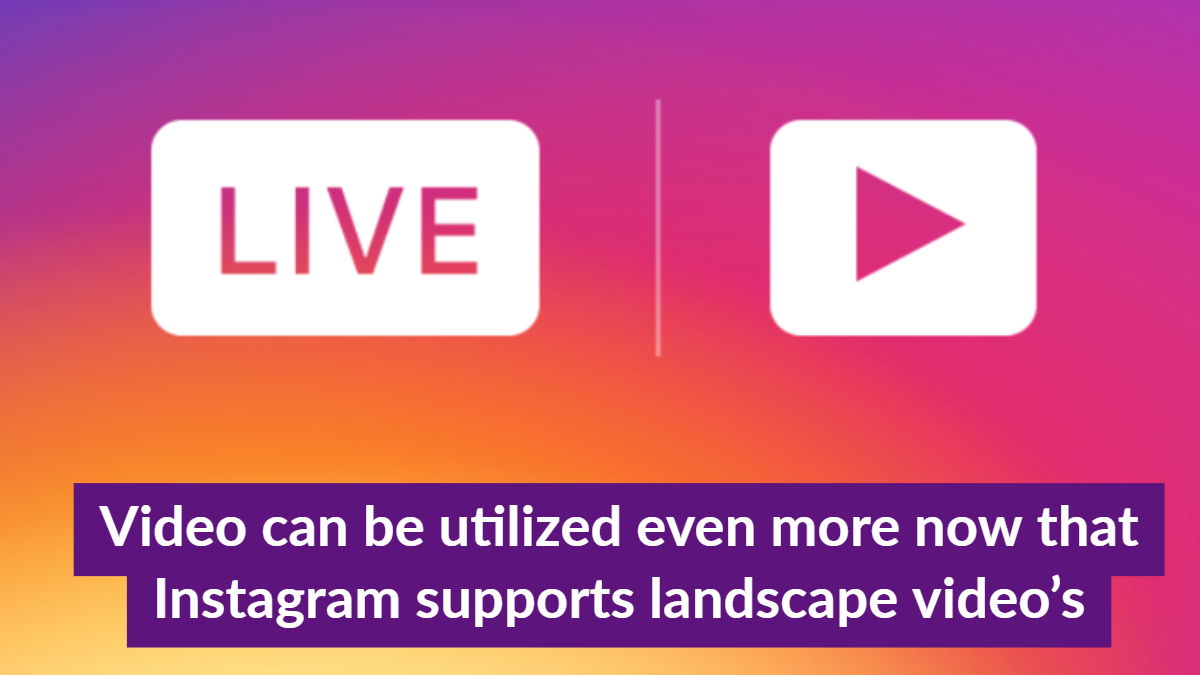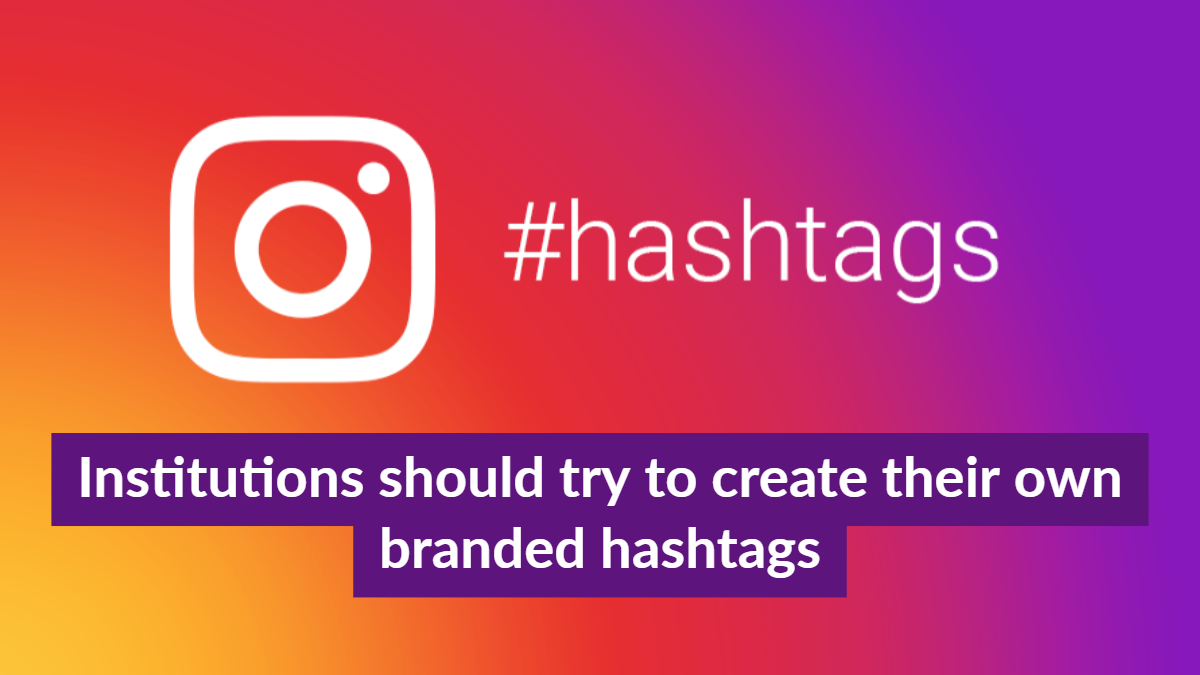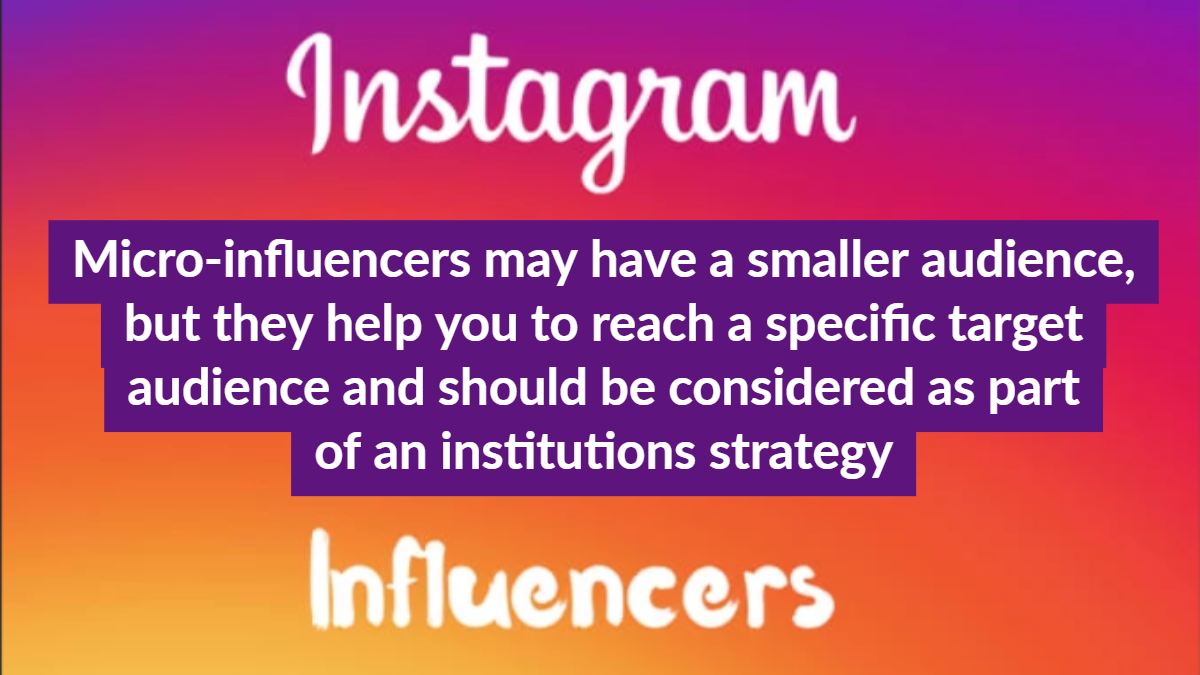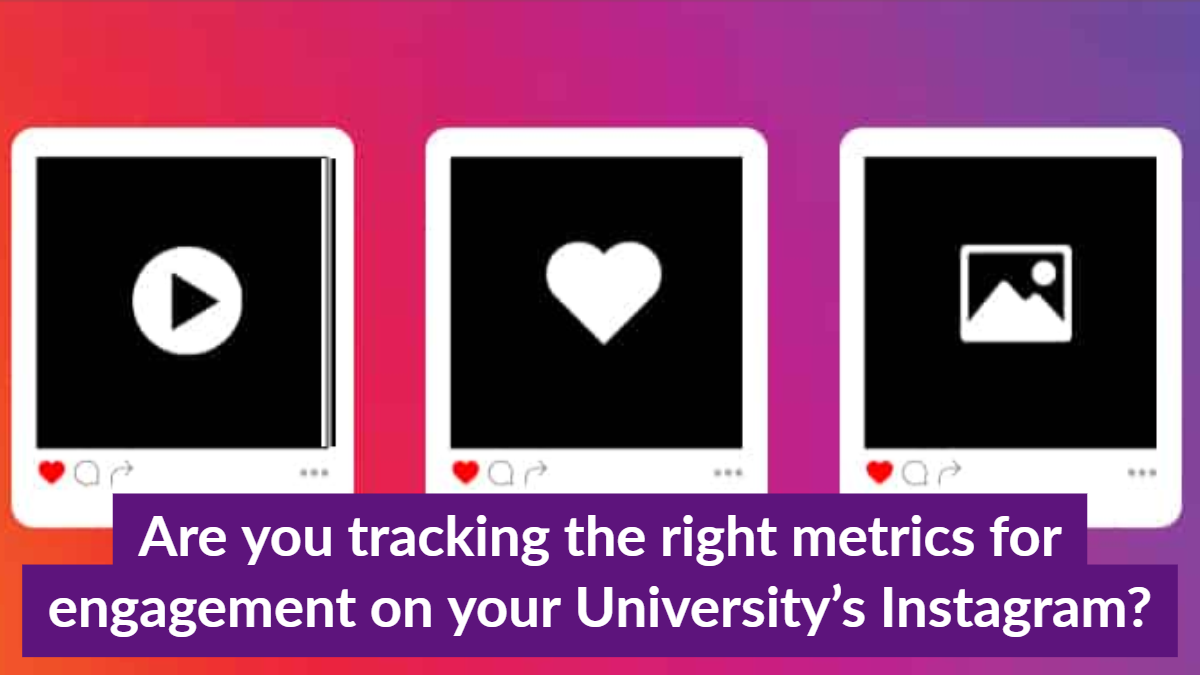As more and more universities try and grow their influence on Instagram it's becoming increasingly noisy and competitive.
In order to stand out, institutions need to know what works and what doesn't. Thankfully, HubSpot and Mention have just recently released a new in-depth report based on a gargantuan data set of 48,065,694 Instagram posts from 306,278 users.
The result is a set of insights covering trends and engagement rates, hashtags and other information you can factor into your university's Instagram activity.
1. Video is the dominant force
Engagement with Instagram videos is by far the highest, with many more likes and comments per post. The average Instagram post, for example, received around 100 comments, whereas the average video post received 150.
Key takeaways for university marketing teams
Video content has increased in overall engagement effectiveness over the last year. If you want to maximize your institution's engagement place, even more, focus on video. This means creating more permanent videos, investing in Instagram Stories content, and leveraging the Highlights section of your institution's profile.

2. Use hashtags sparingly
Hashtags have become extremely popular over the last few years. Many of us would, therefore, assume that including them in Instagram posts would help increase engagement, given they are designed to help people find your institution's posts more easily, which should result in more views and engagement.
However, according to the findings from this report, using more hashtags actually decreases your engagement rate.
Potentially this is because posts with an excessive number of hashtags can appear “spam-y” and inauthentic, or perhaps simply because people have become desensitized and have started ignoring them.
Key takeaways for university marketing teams
When it comes to hashtags, it's not about quantity but relevance. Using a maximum of 4-5 hashtags in your posts seems to be the optimum approach.
The study also found that jumping on the bandwagon and simply selecting the most popular hashtags also isn't effective anymore. Instead, institutions should create branded hashtags as unique identifiers to attract relevant audiences.

3. Go for micro-influencers over mega-influencers
Influencer marketing is certainly evolving in higher education to engage audiences with authentic content.
And the report's findings are encouraging for institutions in this space. Mega-influencers may have a wide reach, but they don't necessarily reach the right audience.
That's where micro-influencers enter the frame. They typically have a loyal fanbase of between 50,000-100,000 followers and despite their smaller followings are actually attracting much higher engagement and conversion rates than highly influential users. This is because they have more targeted audiences, are typically more authentic, and drive more conversions. They're also more like regular people and more personally invested in their online presence, making them more authentic.
Key takeaways for university marketing teams
In the higher education space, micro-influencers might typically be worth targeting if they have even 5,000 loyal fans or more, particularly if they have a strong affiliation or affection for the institution. Niche and loyal is the way to go in higher education influencer marketing.
If you're not sure how to find the right micro-influencers, you can 'follow' specific hashtags and check out individuals referencing the university with high engagement levels.

Instagram is a force to be reckoned with
Last year Instagram reached a staggering 1 billion active monthly users. And we're still witnessing its relentless rise. With over 500 million active daily users it has now become more popular than social media giants such as Twitter and Linkedin.

Clearly, universities need to continue growing their Instagram activity over the coming year. And with these insights, you can tweak your strategy in no time and optimize results for your institution.

:format()//media/What-can-48m-posts-tell-us-about-how-to-run-your-University-Instagram-account__RQ.png)